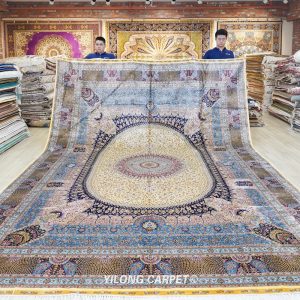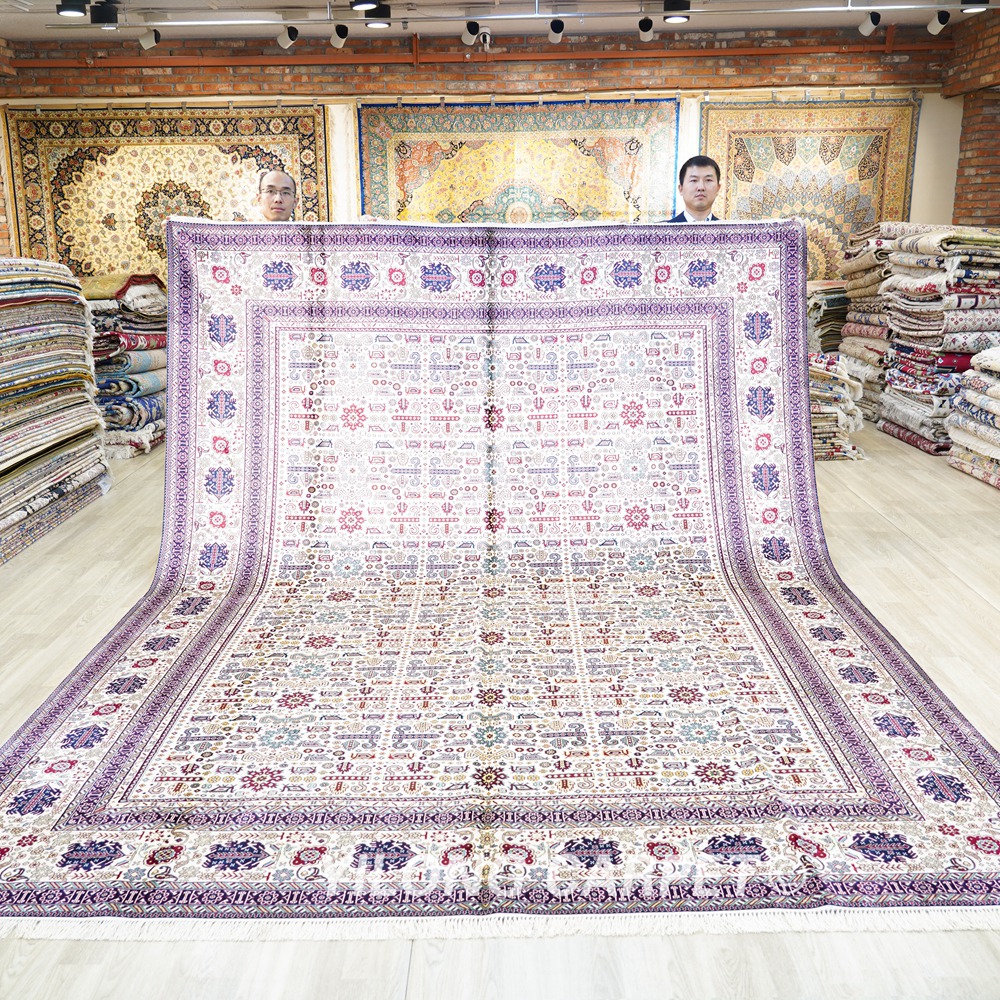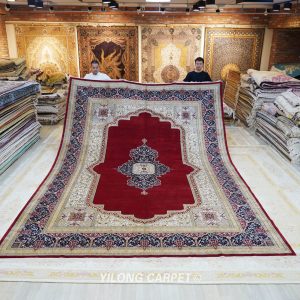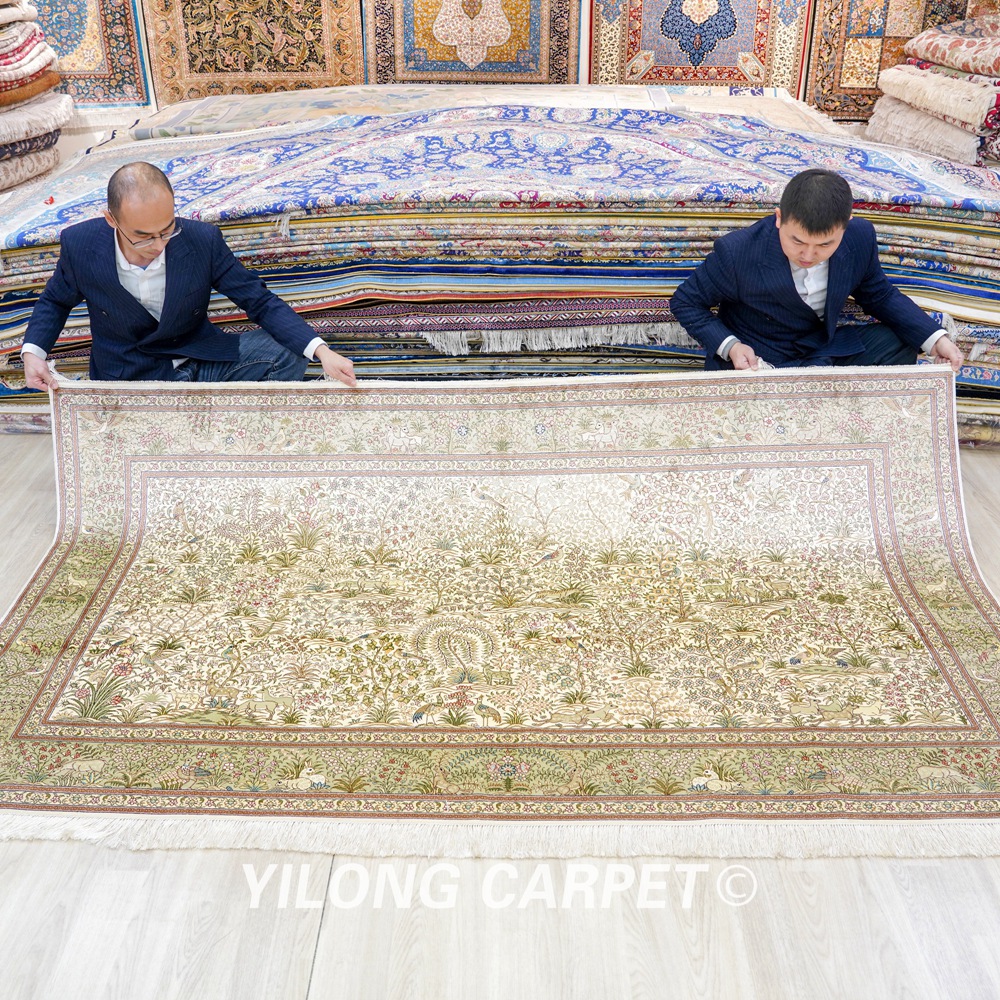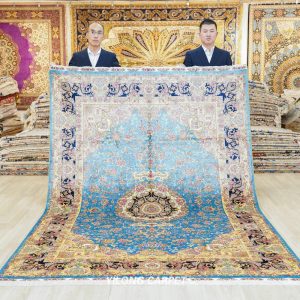As a kind of "art that spreads on the ground", handmade carpets are a reflection of taste and personality and are not a cookie-cutter industrial product on the assembly line. In Europe and the United States, handmade carpets are an essential element of interior design. In China, as people gradually pay more attention to the quality of life, handmade carpets are increasingly entering everyone's field of vision. So what are the advantages of handmade carpets that have been favored by the rich since ancient times? Generally speaking, there are mainly the following reasons:
1. Environmental protection and health. As mentioned before, handmade carpets are knotted and woven by weavers throughout the entire process. No machines are involved in any link, and no glue is required. The only materials required are knives, scissors, rakes, etc., which is very in line with the current Chinese people. Environmentally friendly and healthy life concept.

Especially with the popularity of floor heating, there are great health risks if you use carpets with glue. Therefore, the glue-free and aldehyde-free characteristics of handmade carpets have become the biggest highlight to attract customers.
Second, long service life. Handmade carpets are knotted purely by hand. Compared with mechanical weaving, this weaving method is not only more complex but also requires craftsmen to have exquisite skills and endless patience. Every knot contains the hard work and sweat of the craftsman and is a persistent pursuit of quality.
Because of this complex weaving process, the structure of handmade carpets is extremely tight and strong. Both the interweaving of warp and weft threads and the density of knotting have reached an extremely high level. This structure makes the carpet not only have good elasticity and wear resistance but also effectively resist wear and deformation in daily use. Therefore, handmade carpets can maintain their original beauty and comfort even after long periods of use.
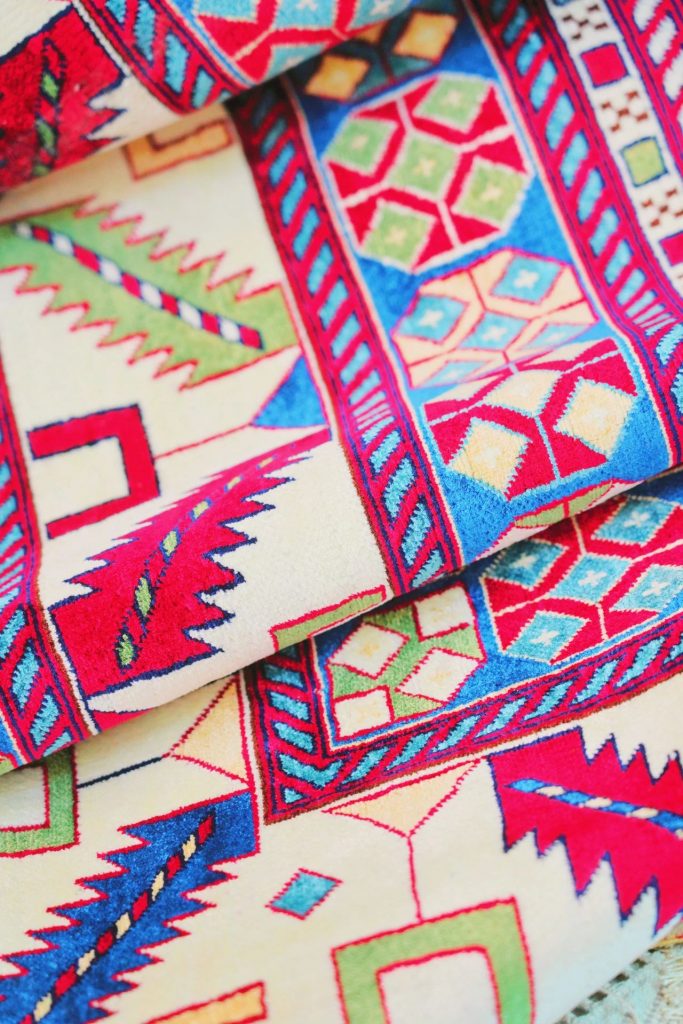
In addition, the material selection of handmade carpets also guarantees their long life. Tianjiang handmade carpets mostly use high-quality wool, silk, and other natural materials. These materials not only have good air permeability and moisture absorption but also can effectively resist insects and mildew. With the right care, handmade rugs can accompany a family for decades, or even longer, becoming a beautiful memory for generations to come.
Third, the design is classic and not afraid of trends. Handmade carpets originated from nomadic peoples and are an indispensable necessity in their lives. The lifestyle of nomadic people determined that they needed a lightweight and quick-to-build way of living, and handmade carpets came into being. This kind of carpet is not only practical but also shows the wisdom and creativity of the nomads in its pattern design.
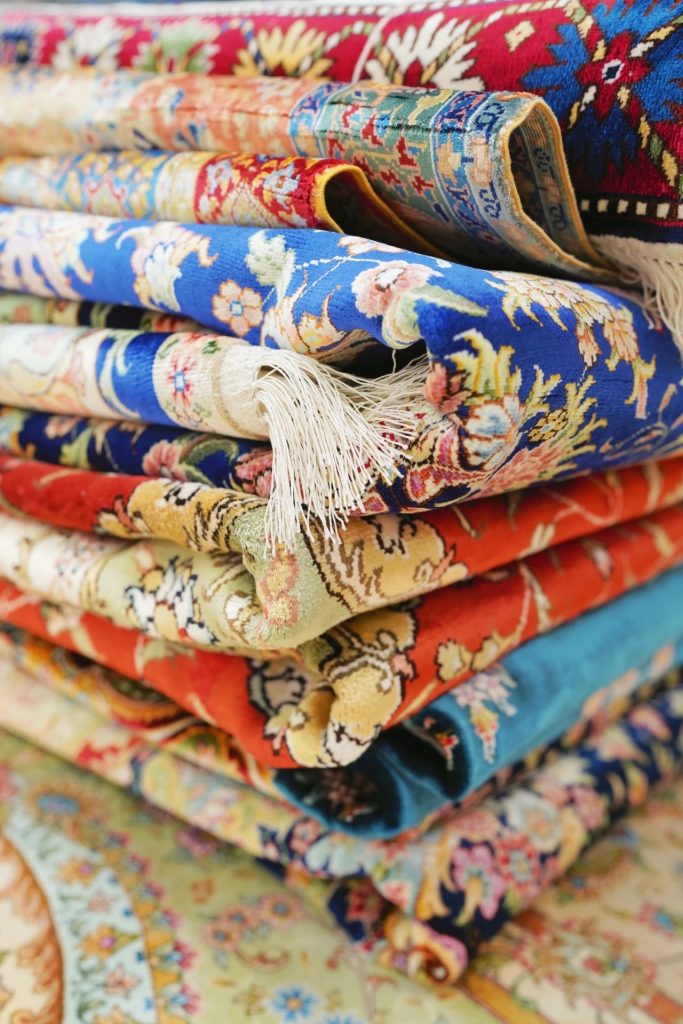
The patterns of early handmade carpets were mostly pictographic symbols and geometric patterns of ethnic tribes. These patterns are not only the embodiment of beauty but also the inheritance of culture. Each pattern contains a specific meaning and is the nomadic people's profound expression of nature, life, and beliefs. Through the inheritance and innovation of generations of craftsmen, these patterns have gradually formed the unique aesthetic style of handmade carpets.
Today's handmade carpet designs incorporate modern aesthetic elements based on tradition. Craftsmen use their rich imagination and exquisite skills to skillfully combine various patterns, colors, and textures to create carpets that have both national characteristics and modern home aesthetics. Not only are these rugs beautiful and elegant, but they can also enhance the overall quality and ambiance of your home.
At the same time, the pattern design of handmade carpets also reflects the craftsmen's ultimate pursuit of details. Whether it is the lines, colors, or overall layout of the pattern, it has been carefully designed and polished repeatedly by craftsmen to achieve the best visual effect and tactile experience. This attention and pursuit of details make handmade carpets a home decoration that combines art, culture, and practicality.
Fourth, the materials are natural and the touch is comfortable and delicate, which is one of the important reasons why handmade carpets are so popular. When making handmade carpets, craftsmen usually use silk and wool as raw materials. Both materials are natural animal fibers. They are not only environmentally friendly and healthy, but also bring unparalleled comfort and elegance to the touch and look.
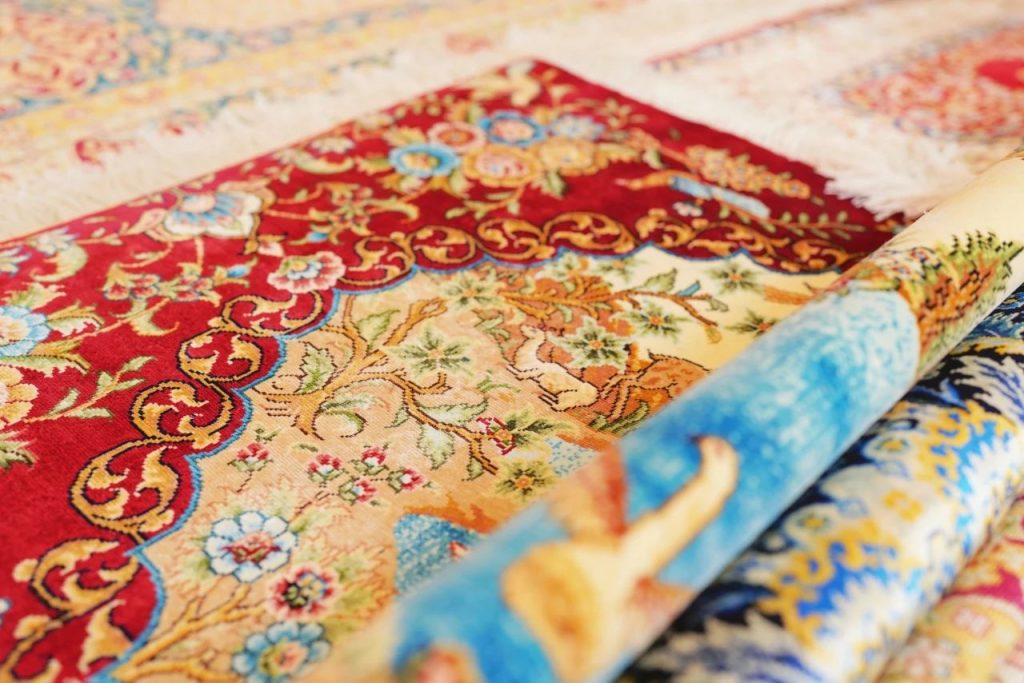
Silk, as a noble and rare material, has become a treasure among handmade carpets with its unique luster and softness. The silk carpet not only feels smooth to the touch but also gives people a warm and jade-like feeling, as if every step is stepping on the clouds. Wool, with its good warmth retention and elasticity, adds softness and comfort to handmade carpets. The wool carpet is thick and elastic when you step on it as if it can hug every tired body and bring warmth and tranquility to your home.
In addition to the comfort of the touch, silk, and wool also add endless charm to handmade carpets in terms of look and feel. Their natural textures and colors make each rug unique and a gift from nature. These rugs are not only a home decoration, but also a work of art that reflects the owner's quality of life and elegant taste.
5. Easy to clean and maintain. Compared with other types of carpets, the cleaning and maintenance of handmade carpets is not complicated. You only need to follow some basic steps and precautions to keep the carpets in like new condition.

In daily use, as long as you regularly use a vacuum cleaner or a soft-bristled brush to gently clean the carpet surface, you can effectively remove dust and debris and keep the carpet clean and beautiful. If a small stain occurs unfortunately, don't worry too much. You can use a specialized carpet cleaner to wipe the stained area. Of course, if the carpet needs to be cleaned entirely, you will need to hire a professional carpet cleaning agency to handle it.
In addition, to make the carpet bear uniform force and extend its service life, it is recommended to change the direction of the carpet every six months. This not only prevents the carpet from deforming or wearing due to uneven long-term stress but also allows the carpet's patterns and colors to be displayed more evenly.

